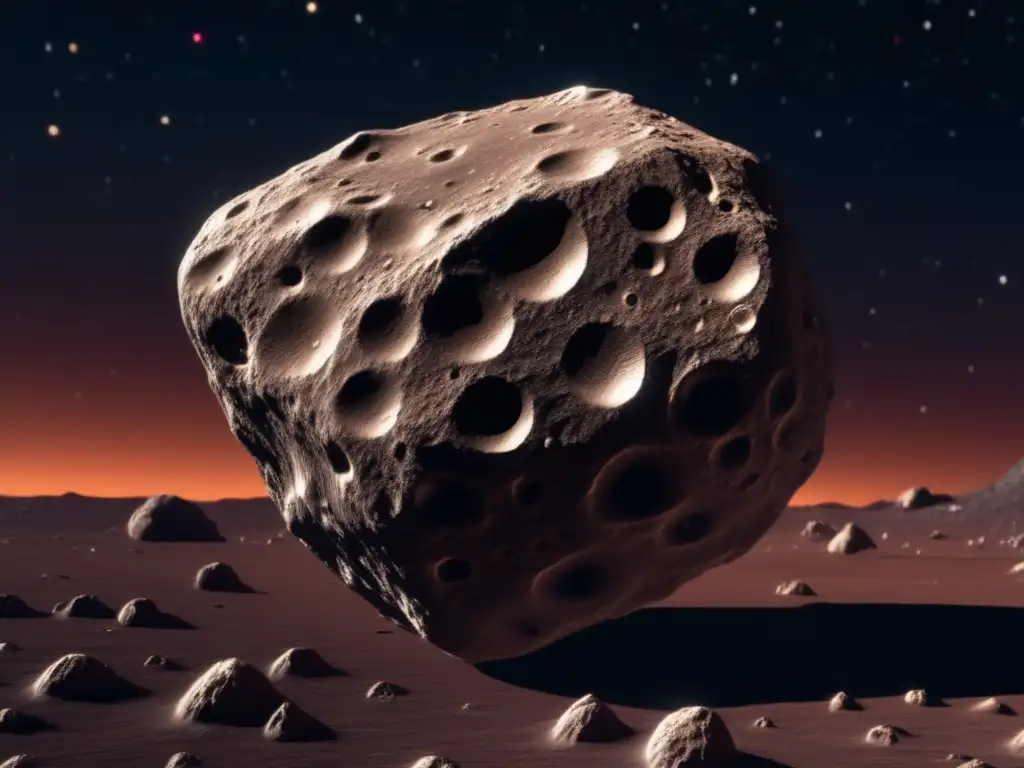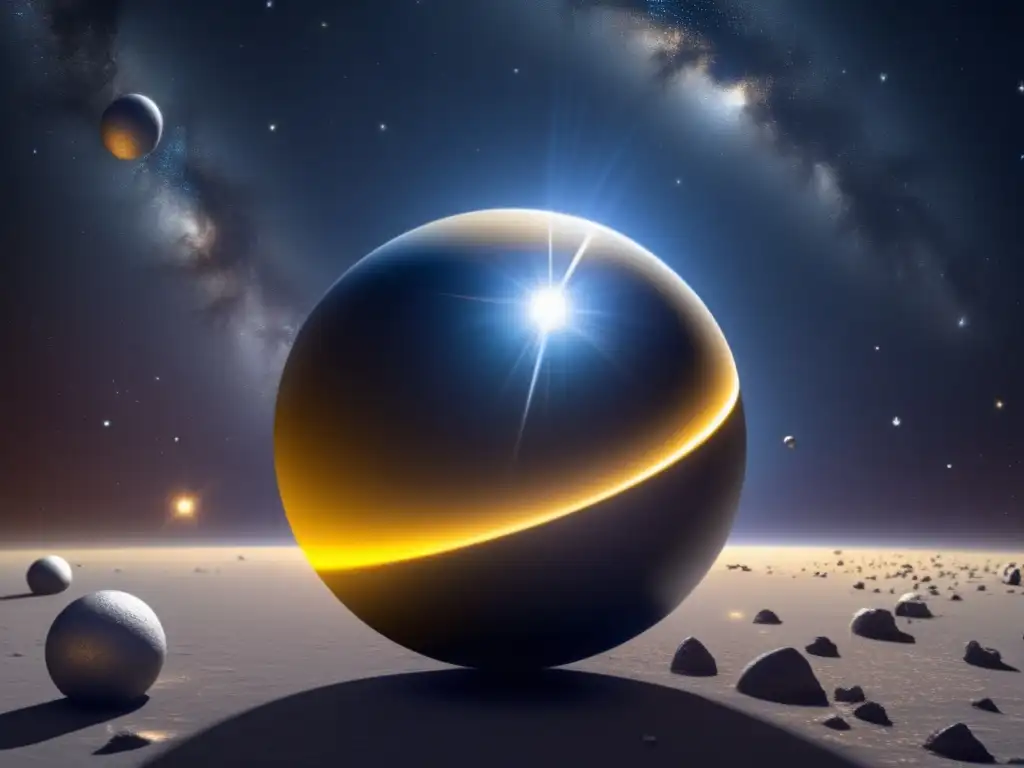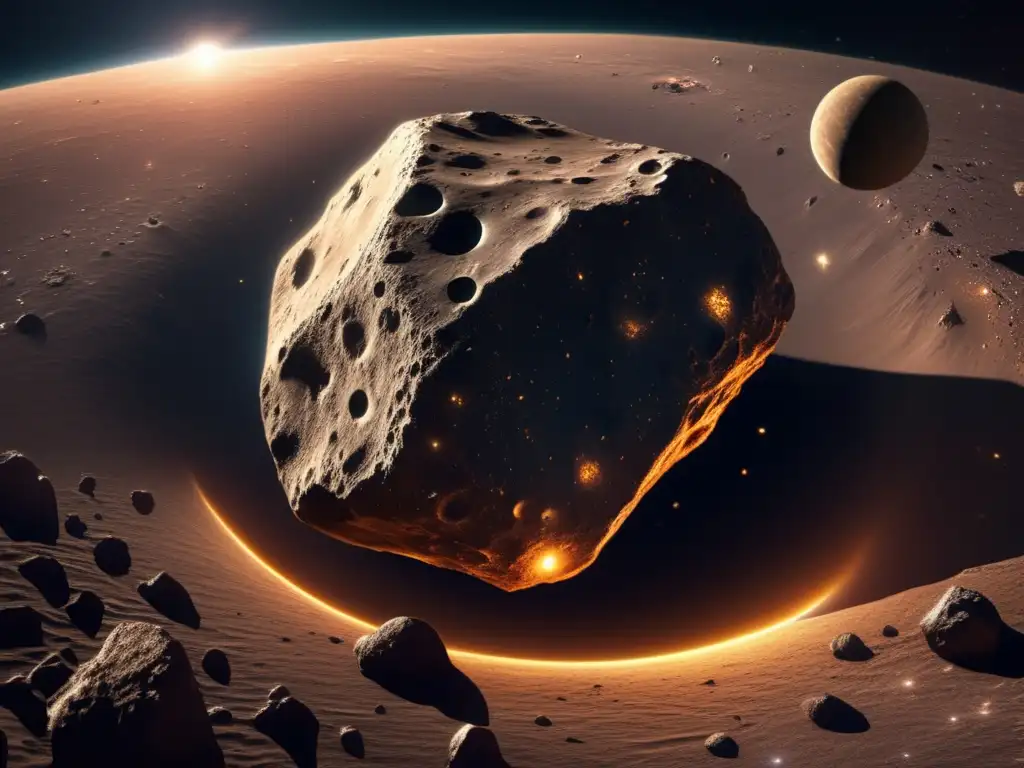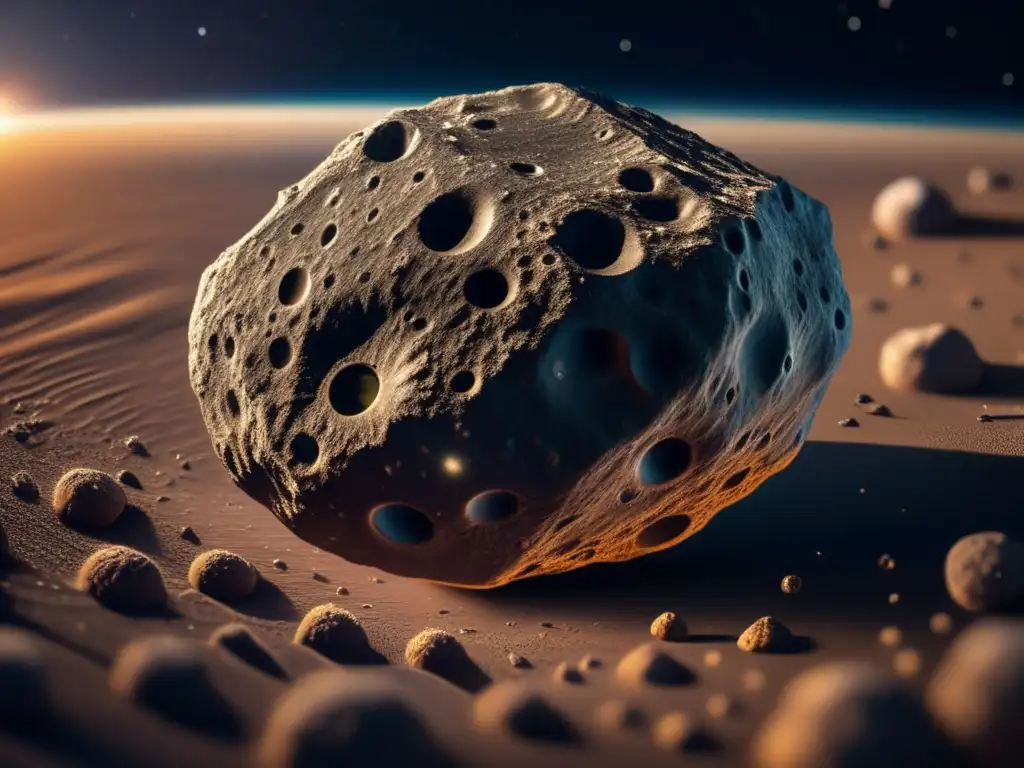A Detailed Look At The Peculiar Asteroid Doris

Introduction
Asteroids have long fascinated astronomers and space enthusiasts alike. These celestial objects, remnants from the early days of the solar system, hold valuable information about our cosmic origins. In this article, we will explore the asteroid known as Doris and delve into its peculiar characteristics, shedding light on its origin, composition, and significance.
The Discovery of Doris

The History of its Name
Doris was discovered on September 19, 1893, by French astronomer Auguste Charlois. Charlois named the asteroid after Doris, a goddess in Greek mythology who was associated with rivers, springs, and fountains.
Physical Characteristics
Doris belongs to the main asteroid belt located between the orbits of Mars and Jupiter. Its orbital period around the Sun is approximately 5.9 years, and its semi-major axis is about 2.77 astronomical units (AU). With a diameter of around 45 kilometers, it is considered a relatively small asteroid.
Composition and Spectral Analysis
Through spectral analysis, scientists have determined that Doris is classified as a C-type asteroid. This classification suggests that it is rich in carbonaceous materials and likely contains organic compounds, such as amino acids, which are building blocks of life. The presence of these compounds further enhances the scientific interest in studying Doris.
Doris's Orbit and Trajectory

Orbital Path and Dynamics
Doris's orbit is characterized by a moderate eccentricity and inclination relative to the plane of the solar system. Its eccentricity causes the asteroid's distance from the Sun to vary significantly during its orbital journey, reaching a maximum distance of about 3.27 AU and a minimum distance of approximately 2.26 AU.
Resonances and Perturbations
Like many asteroids in the main belt, Doris experiences gravitational interactions with larger celestial bodies, such as Jupiter. These interactions can lead to orbital resonances, causing periodic adjustments in its trajectory. Understanding these perturbations is crucial for predicting the long-term stability of its orbit and assessing potential risks for future space missions.
The Significance of Doris

Scientific Research Opportunities
Studying Doris provides valuable insights into the early solar system's evolution. Its classification as a C-type asteroid enables scientists to examine the composition and distribution of organic materials within the asteroid belt, offering clues about the origin of life on Earth and the potential for extraterrestrial life elsewhere in the universe.
Exploration and Mining Potential
As interest in space mining grows, asteroids like Doris present attractive targets for resource extraction. Carbonaceous asteroids hold substantial amounts of water ice and precious metals, making them potential sources of vital resources for future space missions and colonization efforts.
Mitigating Potential Hazards
Understanding the characteristics and trajectories of asteroids like Doris is crucial for developing strategies to mitigate potential impact hazards. By studying their orbital dynamics, scientists can refine impact risk assessments and devise methods to divert or destroy hazardous asteroids, protecting our planet from potential catastrophic events.
Frequently Asked Questions

-
Can Doris's orbit cross Earth's path?
No, Doris has a stable orbit in the main asteroid belt and poses no threat of crossing Earth's path.
-
Are there any planned missions to explore Doris?
At present, there are no specific missions targeted at Doris. However, future missions exploring the main asteroid belt may indirectly provide further insights into this intriguing asteroid.
-
What is the significance of organic compounds found in C-type asteroids like Doris?
The presence of organic compounds in C-type asteroids suggests that these celestial bodies may have delivered the building blocks of life to Earth during its early formation stages. Understanding their composition offers clues about the origins of life in our solar system.
-
Could Doris be a potential target for asteroid mining?
Doris's carbonaceous composition makes it a potential target for resource extraction in the future. The water ice and valuable metals present in such asteroids could be utilized for sustaining human activities in space.
-
How can we protect Earth from potential asteroid impacts?
Understanding the orbital dynamics of asteroids like Doris allows us to refine impact risk assessments and develop strategies for deflecting or destroying hazardous asteroids. Early detection and monitoring programs are crucial in mitigating potential impact hazards.
Conclusion
Doris, with its peculiar characteristics and intriguing composition, offers a window into the mysteries of the early solar system and the potential for extraterrestrial life. Studying this asteroid helps scientists unravel the secrets of our cosmic origins while providing valuable insights into future space exploration and resource utilization. As our understanding of Doris deepens, we move closer to unlocking the untold stories hidden within the vast reaches of our celestial neighborhood.
We encourage you to share your thoughts and engage with the Asteroid Realm community. Subscribe to our website, share this article on social networks, and join the conversation about the fascinating world of asteroids. Thank you for taking the time to explore the wonders of Doris with us.
Additional Resources

If you're interested in delving deeper into the topic of asteroids, we recommend the following resources:
- NASA's Asteroid and Comet Watch
- NASA Jet Propulsion Laboratory Education Resources
- International Astronomical Union (IAU) Public Outreach Resources
 The Intriguing Story Of Asteroid Danae
The Intriguing Story Of Asteroid Danae What We Know About Asteroid Pandora
What We Know About Asteroid Pandora Asteroid Feronia: A Lesser-Known But Intriguing Space Rock
Asteroid Feronia: A Lesser-Known But Intriguing Space RockIf you want to discover more articles similar to A Detailed Look At The Peculiar Asteroid Doris, you can visit the Asteroid Profiles category.
Leave a Reply

Articulos relacionados: